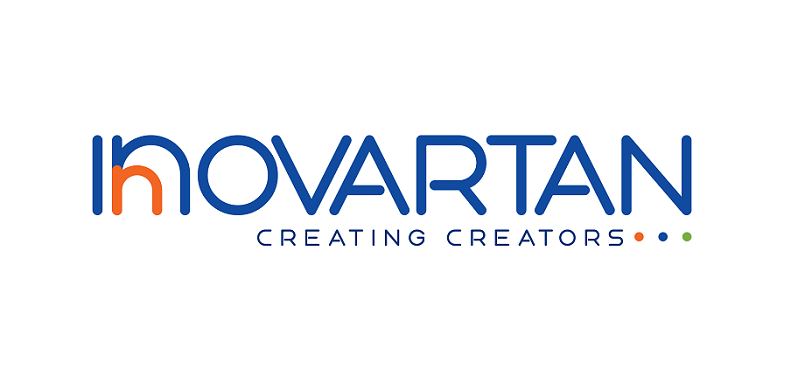In the past decade, online education has revolutionized countless industries, but few transformations have been as impactful as what we see today in nursing. From BSN to MSN to DNP programs, EdTech is breaking barriers that once restricted access to advanced nursing degrees. Online nursing education isn’t just about convenience – it’s redefining how nurses learn, practice, and lead.
Why Are Nurses Turning to Online Programs?
The demand for nurses with advanced degrees has surged. Hospitals prefer BSN-prepared nurses, while leadership and educator roles require MSN or DNP credentials. But many working nurses can’t afford to pause their careers for full-time, on-campus study.
That’s where online programs like Capella BSN FlexPath come in. FlexPath allows students to progress at their own pace, paying per session instead of per credit. This model caters to adult learners who bring clinical experience but need academic flexibility.
How EdTech is Reshaping Nursing Education
EdTech has introduced a suite of tools that make online nursing programs robust and engaging. Let’s explore the pillars of this shift:
1. Competency-Based Education
Programs like Capella BSN FlexPath use competency-based models where students demonstrate mastery of skills before moving on. This approach benefits experienced nurses who can accelerate through familiar topics, focusing time on areas needing growth.
2. Virtual Simulation Labs
Physical labs were once an unavoidable barrier for online nursing degrees. Now, virtual simulation technology recreates complex clinical scenarios, allowing students to build decision-making and prioritization skills safely.
For example, MSN and DNP students engage in leadership simulations, policy analysis, and advanced pathophysiology assessments through interactive platforms integrated within their courses.
3. Collaborative Learning Platforms
Discussion boards have evolved into dynamic collaboration hubs where students participate in case studies, peer reviews, and faculty-led debates. This mirrors real-life interdisciplinary team collaboration in hospitals and clinics.
4. Integrated Academic Support
Top universities partner with nursing writing services to support students in developing evidence-based papers, capstone projects, and literature reviews. Writing is a critical skill in advanced practice, yet many nurses feel underprepared. Professional writing services guide students in APA formatting, plagiarism-free synthesis, and scholarly writing, strengthening their academic confidence.
Comparison Table: Traditional vs. Online Nursing Programs
| Aspect | Traditional On-Campus | Online Programs with EdTech |
| Schedule | Fixed class times | Flexible, self-paced or asynchronous |
| Clinical Practice | Local hospital rotations | Local preceptor placements + virtual simulations |
| Learning Style | Lecture-based | Interactive modules, videos, and simulations |
| Support | In-person office hours | 24/7 online tutoring, academic writing support |
| Cost Structure | Per credit hour | Subscription or per-session (e.g. Capella FlexPath) |
BSN, MSN, and DNP Programs Going Fully Online
BSN Programs
Many ADN-prepared RNs choose RN to BSN online programs to unlock better job opportunities and higher salaries. Programs like Capella’s FlexPath offer self-paced learning, allowing nurses to finish in as little as 12 months while working full-time.
MSN Programs
Online MSN programs cater to nurses aiming for roles as Nurse Practitioners, Nurse Educators, or Clinical Nurse Leaders. These programs blend theory, research, and virtual practicum experiences, with local preceptorships to fulfill clinical hours.
DNP Programs
Doctor of Nursing Practice degrees emphasize leadership, policy, and evidence-based practice. Online DNP programs often include virtual residencies and data analysis projects to prepare nurses for executive roles.
Challenges to Consider
Despite the flexibility and innovation, online nursing education isn’t without challenges:
- Self-Discipline: Success in programs like Capella BSN FlexPath requires strong time management.
- Technology Access: Reliable internet and updated devices are essential.
- Clinical Placement: Students must arrange local preceptors, which can be competitive in some regions.
The Role of Nursing Writing Services in Online Programs
As coursework becomes more research-intensive, nursing writing services play a critical role in student success. From literature reviews to policy analyses and clinical practice change proposals, professional academic support ensures students submit clear, evidence-based, and plagiarism-free work that meets strict university standards.
Future Outlook
The integration of AI, predictive analytics, and virtual reality will continue to enhance online nursing education. Imagine AI-driven clinical simulations assessing student decisions in real-time, or VR rotations that replicate rare medical conditions. The future is closer than we think.
Conclusion
EdTech is not merely adding convenience to nursing education; it’s reshaping it. Programs like Capella BSN FlexPath demonstrate how personalized, flexible learning models can empower nurses to advance their degrees without sacrificing work-life balance.
As online education evolves, so do the opportunities for nurses to step into leadership, advanced practice, and policy roles – driving healthcare forward in an era where expertise and adaptability are paramount. For students navigating these rigorous academic journeys, partnering with nursing writing services can make the difference between meeting expectations and exceeding them, ensuring every paper reflects their true clinical knowledge and professionalism.








